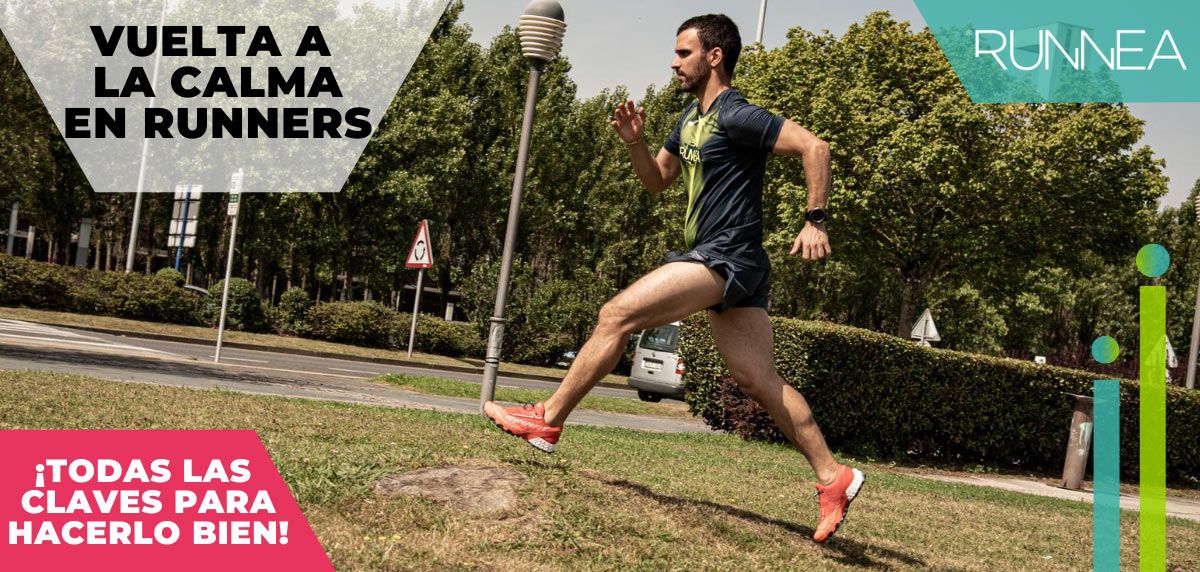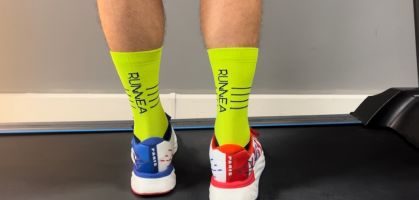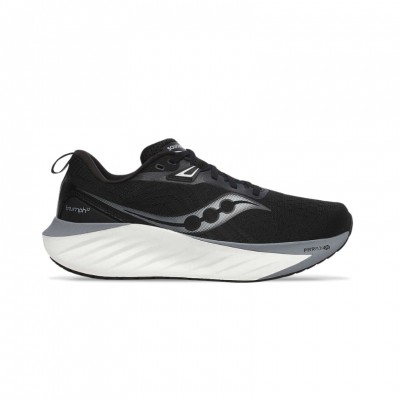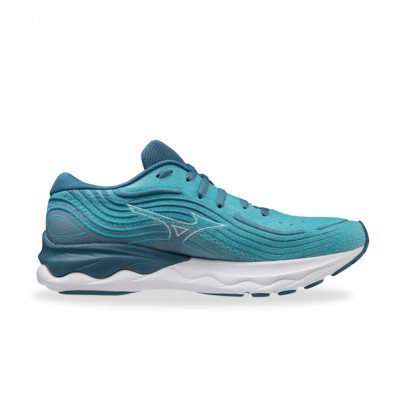We know the theory, but to be honest, it's hard to put it into practice! It is important to emphasize that the cool-down phase or cool-down process is a section that every runner should follow to the letter when reaching the end of training. Remember that the recovery stage starts from the minute you stop running; and doing your homework properly means replenishing your strength and recovering faster and better.
After accumulating a long run in your legs with your Running shoes on, there is no doubt that the first desire is to sit down, drink something cold (if possible, now in summer) and rest. However, although it is the most desirable thing to do, it is not the most advisable, because skipping this cooling process can have more negative than positive consequences in our progression as popular runners.
That's why one of our Runnea Academy head coaches, Iker Muñoz, explains the main role played by this cool-down phase at the end of each running training session. "The cool-down or cool-down part has a dual purpose, on the one hand to help our body to facilitate the elimination of all those products derived from muscle contraction at higher intensities during the session. The second objective, closely related to the first, will be to facilitate recovery for future workouts through the elimination of waste products, to reduce the tone of the muscles involved in the exercise, through stretching (if necessary) and to lower the internal temperature progressively," Muñoz indicates.
What kind of benefits can this cooldown process bring us?
The Anglo-Saxon term "cooldown" refers to this process of returning to calm, whose most notable benefit lies in the fact that it will help our body's recovery mechanisms, returning to the initial situation before starting to run. The idea is to reduce the stiffness of our muscles and joints.
Hence "it is of vital importance to make a decrease in exercise intensity so that our body has a transition between the main part and the cessation of the activity," says the sports director of Runnea.
- You may be interested in: Recovery runs and rest days: why are they so important in your training plan?
In the opposite case, and speaking of skipping this necessary period of return to calm in runners, it brings consequences, in the form of possible problems in the medium and long term, since "we do not facilitate the decrease in muscle tone, nor the elimination of waste products of muscle contraction, in addition to hindering the removal of lactate generated during the session (if it has been demanding)," stresses Iker Muñoz.

Duration and intensity level of the cool-down phase of each workout
"The level of the cool-down lap will be low, normally less than 70-75% of maximum heart rate. As for the duration time, this is somewhat difficult to determine, since if we include a short jog (8-10 minutes), plus stretching and relaxation exercises, it can last up to 20 minutes or more", as Iker Muñoz points out to clear up any doubts in this regard.
Once again, it will be necessary to apply common sense to find a balance between the athlete's own needs and the duration of the cooling process. Something that will result in the level of intensity. That is, the direct relationship will be: the higher the training intensity, the longer the duration of the cool-down or cool-down phase.
Should we run slower during the cool-down phase than our base training pace?
Another interesting question is: are we obliged to run slower during the cool-down phase? Yes, it should be noted that the cool-down phase is characterized by the fact that it is the first moment where we are going to facilitate regeneration. We will not be able to facilitate this if we continue working at high intensities. Therefore, it is important to emphasize that the intensity should be low during this part of the session," Muñoz points out, setting out the criteria to be followed in order to carry out a correct and adequate cool-down phase.

What types of exercises are effective for a cool-down?
One more thing we need to know as good runners is that the cool-down should start with a light, short jog, lowering the running intensity, but also adding other types of exercises. Although these should always have the focus on recovery and regeneration.
That said, the stretching tables, as well as the exercise routines that use the foam-roller, are presented as suitable methods to achieve this reduction in muscle tone. Of course, as long as the exercises are properly applied.
- You may be interested in: Stretching tables for after running
Before closing this post on the process of the return to calm in each running training we run, we also put on the table the concept of lactic acid, because "in intense workouts, it is normal that there is an increase of lactic acid and with this increase will increase metabolic acidosis product of a decrease in blood and cellular PH. That said, lactic acid is neither an enemy nor the direct cause of fatigue. However, during the return to calm, it is very interesting to maintain a jogging or low intensity activity in order to promote the re-entry of this lactic acid into the cell to be used as a substrate to generate energy. In this way, during the return to calm, we will have a source of energy and decrease metabolic acidosis, accelerating the regeneration of the body," qualifies our experienced coach Iker Muñoz of Runnea Academy.
We repeat it ad nauseam, yes; but as important as training is recovery. So the process of returning to calm should be a must, yes or yes, in each of your running sessions, you know!
Read more news about: Running Training






















